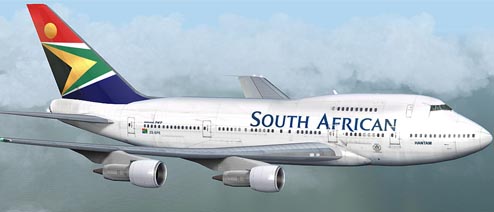Stamp: Rome (Hungary 1966)
Rome (Hungary 1966)
17 October (Hungary ) within release Airpost. Plane over Cities served by Hungarian Airways goes into circulation Stamp Rome face value 5 Hungarian forint
| Stamp Rome in catalogues | |
|---|---|
| Michel: | Mi: HU 2290B |
| Philatelia Hungarica Catalog: | PHu: HU 2335V |
Stamp is vertical format.
Also in the issue Airpost. Plane over Cities served by Hungarian Airways:
- Stamp - Helsinki face value 20;
- Stamp - Beirut face value 1;
- Stamp - Frankfurt face value 1.10;
- Stamp - Cairo face value 1.20;
- Stamp - Copenhagen face value 1.50;
- Stamp - London face value 2;
- Stamp - Moscow face value 2.50;
- Stamp - Paris face value 3;
- Stamp - Prague face value 4;
- Stamp - Rome face value 5;
- Stamp - Athens face value 50;
- Stamp - Beirut face value 1;
- Stamp - Cairo face value 1.20;
- Stamp - Copenhagen face value 1.50;
- Stamp - Frankfurt face value 1.10;
- Stamp - Helsinki face value 20;
- Stamp - London face value 2;
- Stamp - Moscow face value 2.50;
- Stamp - Paris face value 3;
- Stamp - Prague face value 4;
- Stamp - Rome face value 5;
Stamp Rome it reflects the thematic directions:
An aircraft (pl. aircraft) is a vehicle that is able to fly by gaining support from the air. It counters the force of gravity by using either static lift or the dynamic lift of an airfoil, or, in a few cases, direct downward thrust from its engines. Common examples of aircraft include airplanes, rotorcraft (including helicopters), airships (including blimps), gliders, paramotors, and hot air balloons.Part 1 (Definitions and Abbreviations) of Subchapter A of Chapter I of Title 14 of the U. S. Code of Federal Regulations states that aircraft "means a device that is used or intended to be used for flight in the air."
An airline is a company that provides a regular service of air transportion for passengers or freight (cargo). Airlines use aircraft to supply these services. Many passenger airlines also carry cargo in the belly of their aircraft, while dedicated cargo airlines focus solely on freight transport. Generally, airline companies are recognized with an air operating certificate or license issued by a governmental aviation body. Airlines may be scheduled or charter operators.
Aviation is the practical aspect or art of aeronautics, being the design, development, production, operation and use of aircraft, especially heavier than air aircraft. The word aviation was coined by French writer and former naval officer Gabriel La Landelle in 1863, from the verb avier (synonymous flying), itself derived from the Latin word avis ("bird") and the suffix -ation.
Ruins (from Latin ruina 'a collapse') are the remains of a civilization's architecture. The term refers to formerly intact structures that have fallen into a state of partial or total disrepair over time due to a variety of factors, such as lack of maintenance, deliberate destruction by humans, or uncontrollable destruction by natural phenomena. The most common root causes that yield ruins in their wake are natural disasters, armed conflict, and population decline, with many structures becoming progressively derelict over time due to long-term weathering and scavenging.
The United Nations Educational, Scientific and Cultural Organization (UNESCO; pronounced /juːˈnɛskoʊ/) is a specialized agency of the United Nations (UN) with the aim of promoting world peace and security through international cooperation in education, arts, sciences and culture. It has 194 member states and 12 associate members,as well as partners in the non-governmental, intergovernmental and private sector. Headquartered in Paris, France, UNESCO has 53 regional field offices and 199 national commissions




